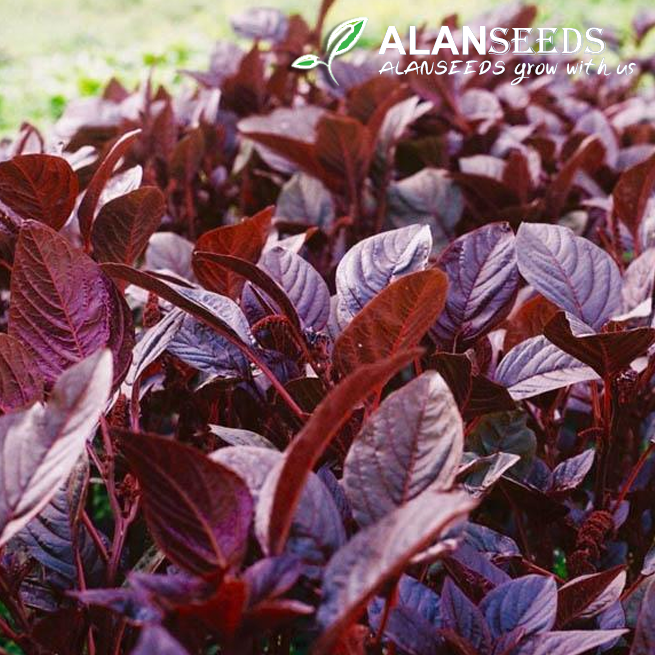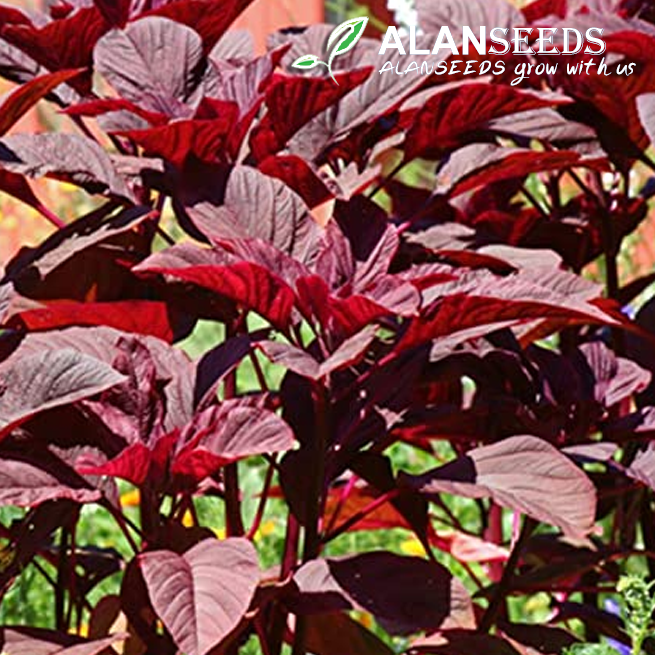Hey there, future green thumb! So you’re ready to dip your toes into the world of gardening and try your hand at growing some Amaranth Red? Awesome choice! These vibrant, nutritious plants are a joy to cultivate, and with a little TLC, you’ll be harvesting your own organic, heirloom goodness in no time. Let’s get started with this simple beginner’s guide:

Amaranth Red Organic Seeds – Heirloom, Open Pollinated, Non GMO – Grow Indoors, Outdoors, In Pots

1. Getting Started:
- Choose Your Seeds: First things first, you’ll need some quality Amaranth Red seeds. Look for organic, heirloom varieties that are open-pollinated and non-GMO for the best results.
- Indoor vs. Outdoor: Decide whether you want to grow your Amaranth indoors or outdoors. They’re quite versatile and can thrive in both environments.
- Container Selection: If you’re going for indoor or container gardening, pick pots or containers that are at least 8-10 inches deep with good drainage holes.
2. Planting:
- Soil Preparation: Amaranth plants prefer well-draining soil with a slightly acidic to neutral pH level. Mix in some compost or organic matter to enrich the soil.
- Sowing Seeds: Plant your Amaranth seeds about ¼ inch deep in the soil, spacing them out around 6-8 inches apart. If you’re using pots, you can sow 2-3 seeds per pot.
- Watering: Keep the soil consistently moist but not waterlogged. Water gently to avoid disturbing the seeds.
3. Care and Maintenance:
- Sunlight: Amaranth loves sunlight! Make sure your plants get at least 6-8 hours of sunlight daily if you’re growing them outdoors. If indoors, place them near a sunny window or under grow lights.
- Thinning Seedlings: Once your seedlings sprout and develop their first set of true leaves, thin them out, leaving the strongest one per pot or spacing them around 12-18 inches apart if growing outdoors.
- Fertilizing: Feed your Amaranth plants with a balanced organic fertilizer every 3-4 weeks to promote healthy growth.
4. Harvesting:
- Timing: Amaranth Red is typically ready to harvest in about 60-90 days from sowing, depending on growing conditions.
- Harvesting Leaves: You can start harvesting the young leaves when they’re about 6-8 inches tall. Simply snip off the outer leaves, leaving the inner ones to continue growing.
- Harvesting Seeds: If you’re growing Amaranth for its seeds, wait until the flower heads have dried out and turned brown. Cut off the entire flower head and hang it upside down in a paper bag to collect the seeds as they fall.
5. Enjoying Your Harvest:
- Culinary Delights: Amaranth leaves are delicious and nutritious! Use them fresh in salads, stir-fries, or sautés. You can also cook them like spinach or blend them into smoothies.
- Seeds Galore: Amaranth seeds are packed with protein and can be cooked like grains such as rice or quinoa. You can also pop them like popcorn or use them to make flour for baking.
And there you have it, your beginner’s guide to growing Amaranth Red organic seeds! Remember, gardening is all about experimentation and learning, so don’t be afraid to get your hands dirty and have fun with it. Happy growing! 🌱🌺




